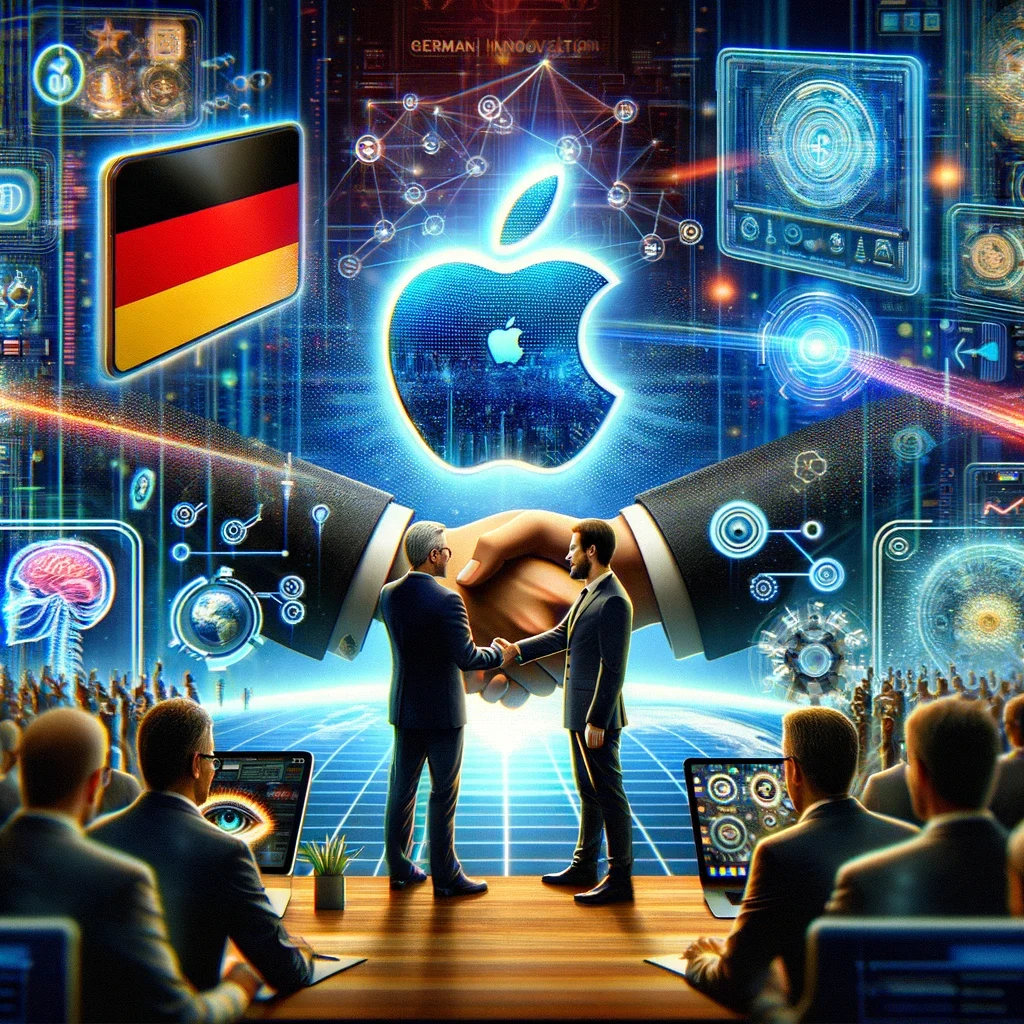Bluey, a prominent player in the AI content generation arena, has gained attention for its utilization of GPT-3 to produce bedtime stories. The company’s foray into this domain has sparked a blend of curiosity and controversy, raising questions about the originality and copyright implications of AI-generated content.
The copyright conundrum
One of the central issues surrounding AI-generated bedtime stories is the matter of copyright ownership. Unlike traditional content creation where authors or creators hold the rights, AI complicates this framework. In the case of Bluey and GPT-3, it remains unclear whether the AI program or its human developers should be considered the rightful owners of the generated content.
Challenging the notion of authorship
The introduction of AI into the creative process challenges conventional notions of authorship. While GPT-3 and similar systems can generate captivating stories, the absence of human intent and consciousness in these machines raises questions about the authenticity and emotional depth of the content they produce.
Legal and ethical implications
As AI-generated content becomes more prevalent, legal frameworks are struggling to keep pace with the evolving landscape. The ambiguity surrounding copyright laws in the context of AI-generated works poses challenges for both content creators and regulators. Bluey’s use of GPT-3 exemplifies the legal grey areas that companies operating in this space must navigate.
Ethical considerations in AI creativity
Beyond legal concerns, the ethical implications of AI-driven creativity come to the forefront. Questions arise about transparency, disclosure, and the responsibility of companies like Bluey to acknowledge AI’s role in content creation. As society grapples with these ethical quandaries, the need for a thoughtful and comprehensive approach to AI-generated content becomes increasingly evident.
SEO-optimized perspective on bluey and GPT-3
In the rapidly evolving landscape of AI-generated bedtime stories, Bluey’s collaboration with GPT-3 marks a significant milestone. However, the copyright and ethical considerations surrounding this partnership underscore the need for a nuanced approach. As AI continues to shape creative processes, the legal and ethical frameworks governing these innovations must adapt accordingly.
Future of AI in content creation
Looking ahead, the integration of AI into content creation appears inevitable. The ongoing discourse surrounding Bluey and GPT-3 serves as a precursor to broader conversations about the role of AI in defining creativity and originality. Striking a balance between harnessing the potential of AI and addressing its legal and ethical implications remains a pressing challenge for industry stakeholders.
The convergence of Bluey, GPT-3, and AI-generated bedtime stories represents a captivating intersection of technology and creativity. As society grapples with the implications of this collaboration, the need for robust legal frameworks and ethical guidelines becomes imperative. The unfolding narrative of AI in content creation will undoubtedly shape the future of creative expression, demanding a careful and considered approach from all stakeholders involved.





